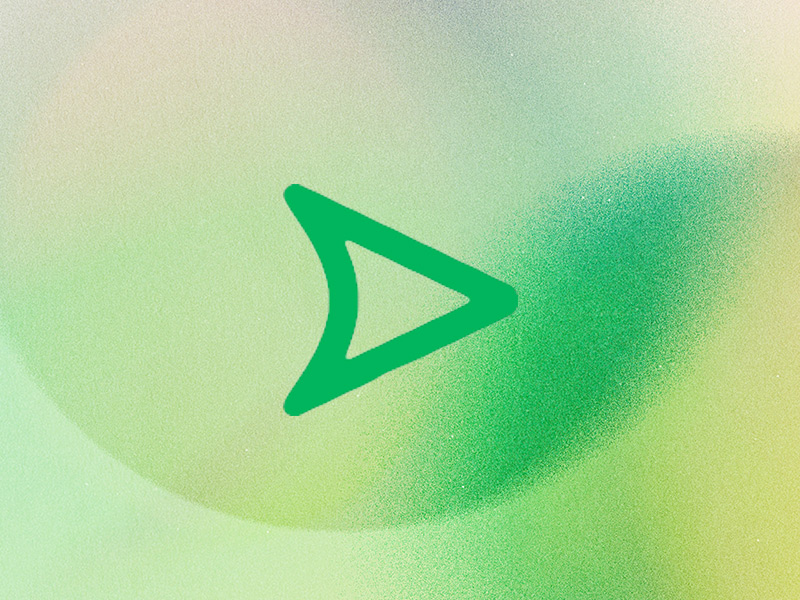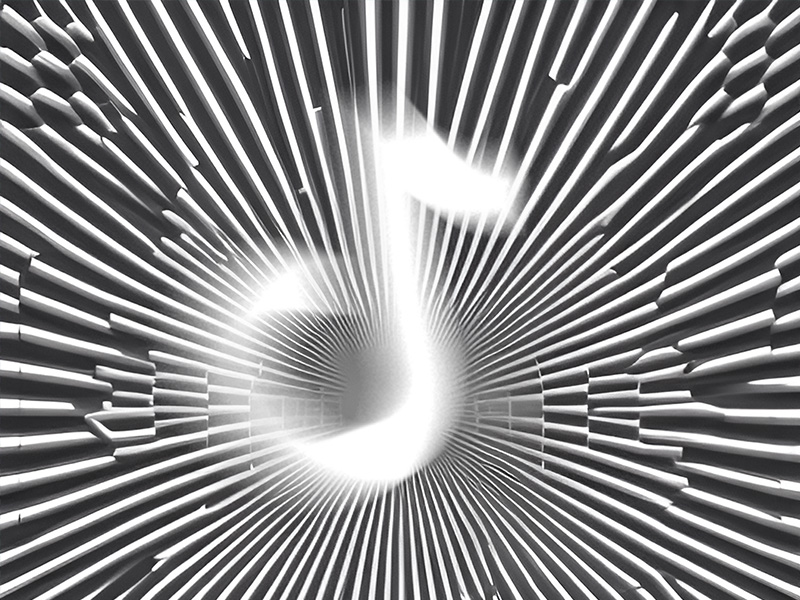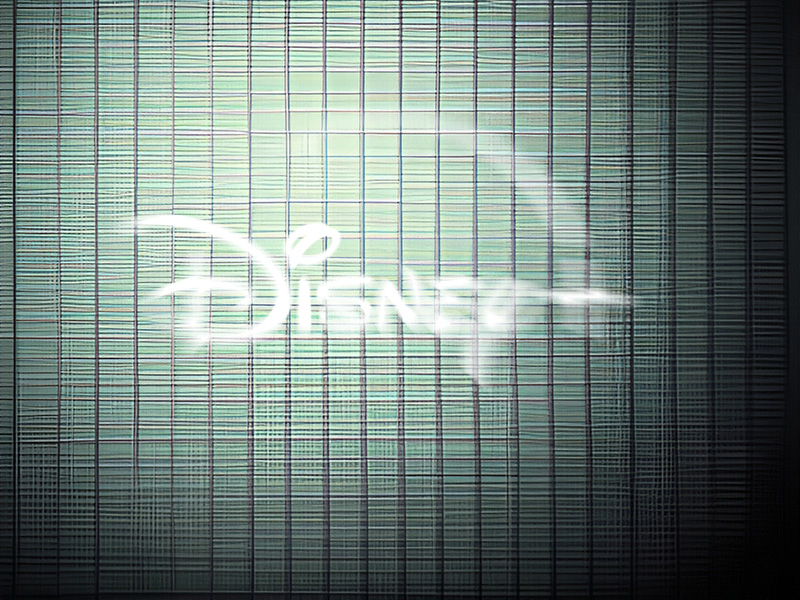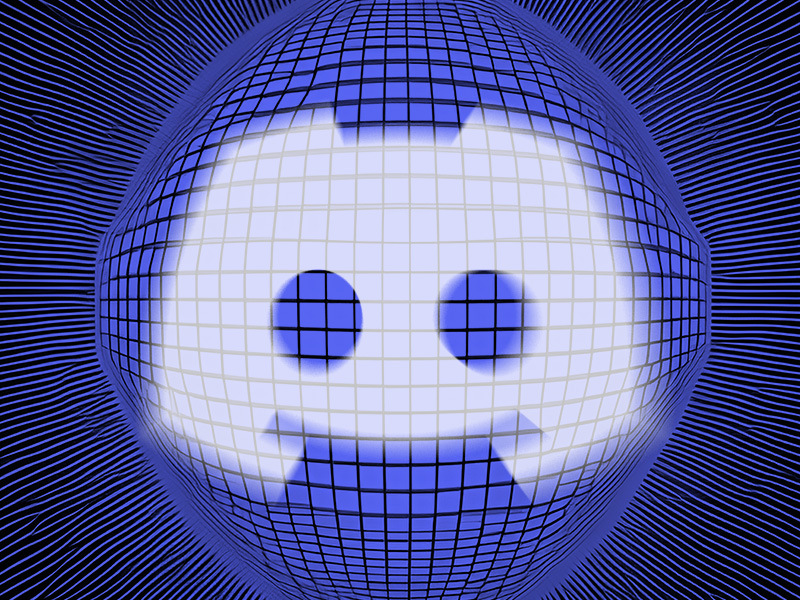Have you seen a green arrow near your Snapchat story?
You’re pretty sure it wasn’t there before, but now it’s staring at you.
Specifically, this green arrow appears beside a viewer’s username.
This article will explain why that green arrow appears and what you should know about it.
What does the green arrow mean on Snapchat?
The Snapchat green arrow appears because a user has taken a screenshot or screen-recorded your story.
Until 2018, this green arrow could also mean that the other person has received the money you sent on Snapcash.
Read below to find out more about the green arrow on Snapchat!
Summary: The article explains the meaning of the green arrow on Snapchat, which indicates that a friend has taken a screenshot of a snap or chat you sent. It provides insights into Snapchat's notification system and the different icons used to signify various actions, such as screenshots and replays. The article also offers tips on managing privacy and handling screenshots on Snapchat.
Related guide: How to Save Snapchat Filters
Related guide: How to Switch Accounts on Snapchat
Related guide: What Does “Other Snapchatters” Mean on Snapchat?

Why Does the Green Arrow Appear on Snapchat?
Put, because a user has taken a screenshot or screen-recorded your story.
This is how Snapchat notifies you that someone has taken a screenshot of your story.
Until 2018, this green arrow could also mean that the other person has received the money you sent on Snapcash.
But in 2018, Snapcash was disbanded, and the green arrow associated with it also disappeared.
Now, the green arrow has one meaning – someone has screenshotted or screen-recorded your story.
Though, there’s no difference between the arrows in the two situations.
So, you won’t know whether the person has taken a screenshot of your story if they recorded it.
Users call this green arrow the “double green arrow” or the “two overlapping arrows.”
However, most users take screenshots rather than record stories on Snapchat.
If you want to be sure, you’ll need to ask them yourself.
Can You Stop People from Taking Screenshots of Your Story?
You can block users you think will screenshot or record your story.
If you block them, they won’t be able to see your story.
But you can’t know who decides to screenshot your story.
It’s unrealistic to control everyone who looks at your story. You don’t know when someone will take a screenshot.
You can include a request in your story that people shouldn’t record or take screenshots of your account.
However, you still can’t ensure people won’t do that. You will see who takes screenshots of the story, though.
Then, you can block them and stop them from seeing your future stories.
Conclusion
There’s not much more to be said. The green arrow on Snapchat means somebody has taken a screenshot or has screen-recorded your story.
There are different arrows with different colors that mean other things on Snapchat.
There’s the gray arrow, the blue arrow, and the green arrow.
The green arrow only appears in connection to your story, though.
It’s simple to remember. The users with a green arrow next to their names have either taken a screenshot or have screen-recorded your story.
What is the blue arrow on Snapchat?
The blue arrow appears when you send a message to someone on Snapchat. The blue-filled arrow only shows that the message was sent to the recipient.
It doesn’t mean the other person has read your message or opened your snap, though.
It only shows that the message was sent.
The blue arrow is unfilled means the other person has opened your message.
The blue double unfilled arrows mean a friend took a screenshot of the chat.
These arrows are Snapchat’s way of giving you hints about the interaction with your friends.
They’ll help you build a better experience on Snapchat if you know what they mean.
What are the other symbols on Snapchat?
There are a ton of symbols on Snapchat that mean different things, such as:
Red solid arrow – you sent a Snap without audio to a friend
Red solid square – your friend sent you a mute Snap
Red unfilled arrow – your friend opened the mute Snap you sent him
Red unfilled square – you viewed a mute Snap from your friend
Red double unfilled arrows – your friend took a screenshot of the mute Snap
The red circle with the arrowhead – your friend, replayed the mute Snap
Purple solid arrow – you sent a snap with audio to your friend
Purple unfilled arrow – your friend opened the Snap with the audio you sent
Purple solid square – your friend sent you a Snap with audio
Purple unfilled square – You viewed a Snap with audio from your friend
Purple double unfilled arrows – your friend took a screenshot of the Snap with audio
Purple circle with arrowhead – your friend replayed the Snap with audio
Gray solid arrow – your message is pending until the recipient accepts your friend request
Gray unfilled square – a chat is pending and is about to expire
These are all the things you should know when using Snapchat!
These symbols will help you understand the interactions with your friends better.




